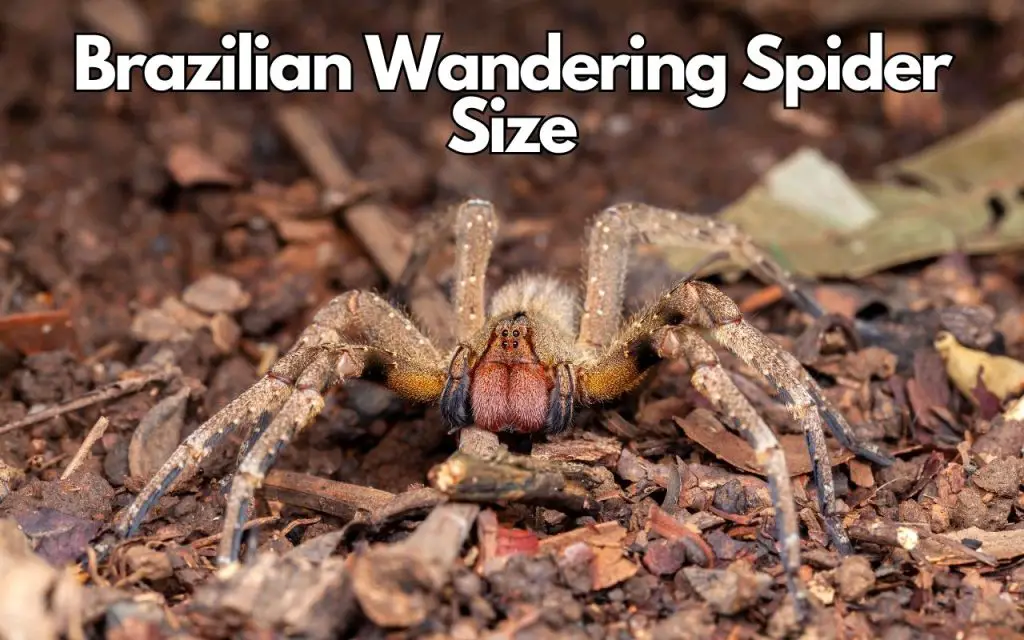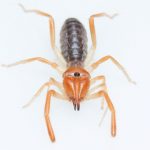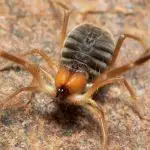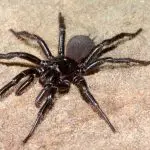As an avid arachnid enthusiast, my fascination with these eight-legged creatures knows no bounds. There’s something utterly captivating about their intricate web-weaving capabilities, their exceptional survival strategies, and of course, their range of sizes and appearances. But amongst this vast collection of species, one has particularly piqued my interest – the Brazilian Wandering Spider.
Arguably one of the most notorious names in the world of arachnids, the Brazilian Wandering Spider, holds a firm position at the pinnacle of spider folklore. Their reputation extends far beyond their native tropical South American rainforests, captivating the minds of arachnologists and laymen alike around the globe.
What sets this spider apart in the arachnid world? It’s not just its venomous nature – it’s also its astonishing size. The dimensions of the Brazilian Wandering Spider are a spectacle in themselves.
How big are Brazilian Wandering Spiders?
Picture this: a spider so large that it could comfortably cover an average dinner plate. That’s right – the Brazilian Wandering Spider can grow to an impressive leg span of up to 7 inches, or approximately 18 cm, with females tending to be larger than the males.
To put this into perspective, that’s around half the size of an average adult human’s face! The body length of these spiders can reach up to 2 inches, or around 5 cm. This considerable size, coupled with their highly potent venom, makes them a formidable presence in their habitats.
But as an arachnid hobbyist, the allure of the Brazilian Wandering Spider’s size lies not in its potential threat, but in the fascinating evolutionary adaptations that have allowed it to grow to such an impressive scale.
The advantage of large size for a cursorial hunter
From an evolutionary standpoint, the Brazilian Wandering Spider’s significant size offers multiple advantages. For starters, their considerable size allows them to subdue and consume a larger variety of prey, including insects, other spiders, and sometimes even small amphibians and reptiles. This dietary diversity is a testament to their adaptability and survival prowess.
However, the size of these spiders is not solely an indicator of their hunting prowess. It also reveals a fascinating aspect of their biology. The Brazilian Wandering Spider, unlike some smaller spider species, does not weave a web to capture its prey. Instead, as their name suggests, they wander in search of food, relying on their size and strength to overpower their prey. This is called cursorial hunting.
Their size also plays a crucial role in their mating rituals. Male Brazilian Wandering Spiders, despite being smaller than their female counterparts, engage in a daring dance of danger during mating. They utilize their size and strength to lift the larger female’s body to prevent her from eating him – a gruesome but prevalent behavior known as sexual cannibalism in the arachnid world.
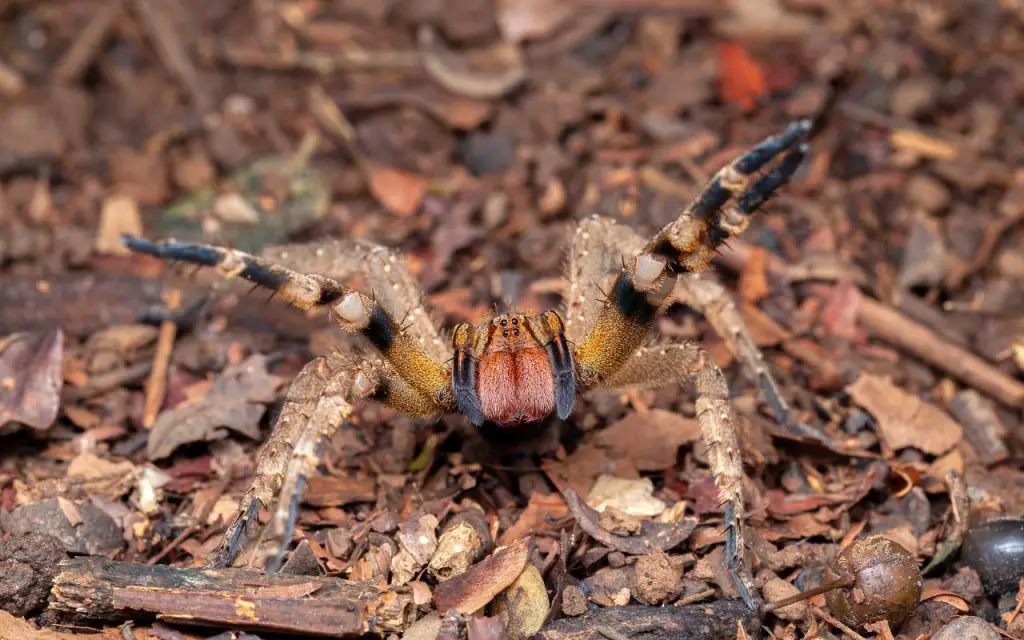
Size relates to the biology of the Wandering Spider
The Brazilian Wandering Spider’s size, therefore, is much more than just an intimidating factor. It’s a key to understanding their hunting methods, their mating rituals, and their overall survival strategy. Each inch adds to the mystique of these extraordinary creatures and deepens our understanding of the diverse world of arachnids.
The Brazilian Wandering Spider is undeniably a creature of fascination. From its substantial size to its potent venom, it’s a spider that demands respect. Whether you’re an arachnid hobbyist like me, or just someone intrigued by the wonders of the natural world, the Brazilian Wandering Spider offers a fascinating insight into the awe-inspiring world of arachnids.
Final thoughts…
In conclusion, the world of spiders is as vast and varied as the creatures themselves. The Brazilian Wandering Spider, with its impressive size, offers a fascinating window into this world. It’s a testament to the incredible diversity of life on Earth and a reminder of the intricate balance that governs our ecosystems.
My fascination with spiders continues to grow, much like the impressive size of the Brazilian Wandering Spider. And while their size may be a source of fear for some, for me, it only fuels my passion and curiosity about these fascinating creatures. After all, understanding is the first step to appreciation, and these giant spiders deserve nothing less.
Whether you’re a fellow arachnid enthusiast or just passing by, I hope this deep-dive into the size of the Brazilian Wandering Spider has sparked your curiosity. So the next time you hear about this giant spider, remember, there’s more to its size than meets the eye!
If you’d like to learn more about these spiders, check out my article on Brazilian Wandering Spider facts.
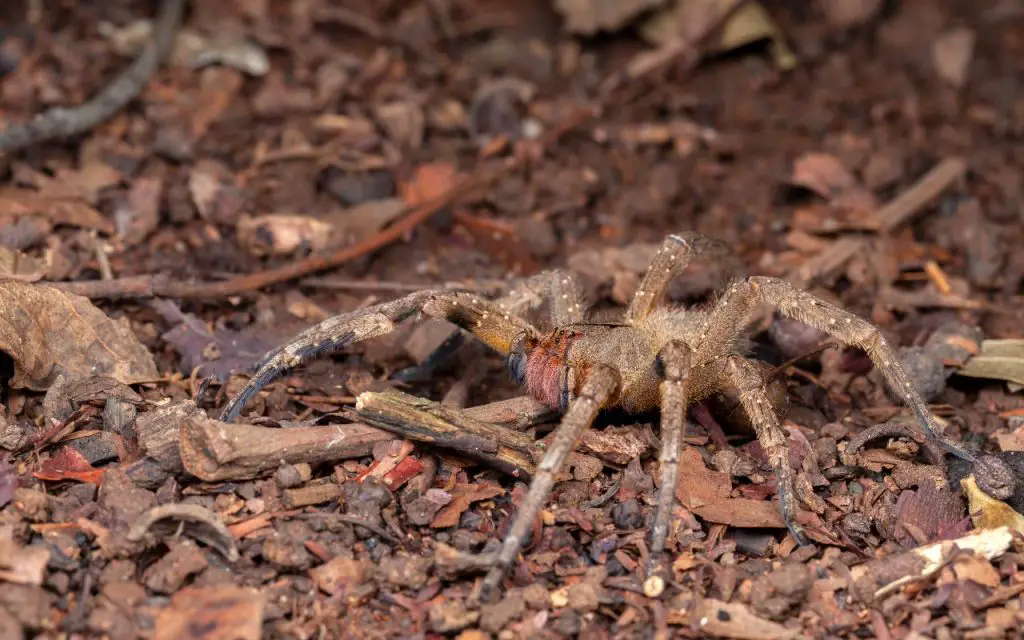
How bad is a Brazilian wandering spider bite?
A Brazilian Wandering Spider bite is considered a medical emergency. If you have a suspected or confirmed bite, your first move should be to contact the emergency services. Upon reaching you, they will determine whether to administer antivenom, and how to proceed with treatment. Fortunately, deaths are very rare, and the antivenom is widely available in South America.
Is a banana spider the same as a Brazilian wandering spider?
The common name of “Banana Spider” is used for a few species, not just the Brazilian Wandering Spider. For example, the Golden Silk Orb Weaver is often referred to as a banana spider, despite being completely unrelated. If you wish to find out if a spider is venomous, always rely on its scientific, or binomial name, rather than common names.
Where do Brazilian wandering spiders hide?
Brazilian Wandering Spiders are nocturnal hunters, and generally prefer to shy away from daylight. This means they often hide in the shadiest places they can find, either indoors or outdoors. For example, under a log or in leaf litter would be a perfect place outdoors. Indoors, they will try to hid behind or under furniture, or in dark corners.
What is the world’s biggest Brazilian wandering spider?
There are around 40 species of Wandering Spider, but the largest, and most infamous are those that we call the Brazilian Wandering Spider. This name is in fact commonly ascribed to two species: Phoneutria nigriventer and Phoneutria fera. Both of these spiders can reach at least 6 inches (15cm) in legspan.

